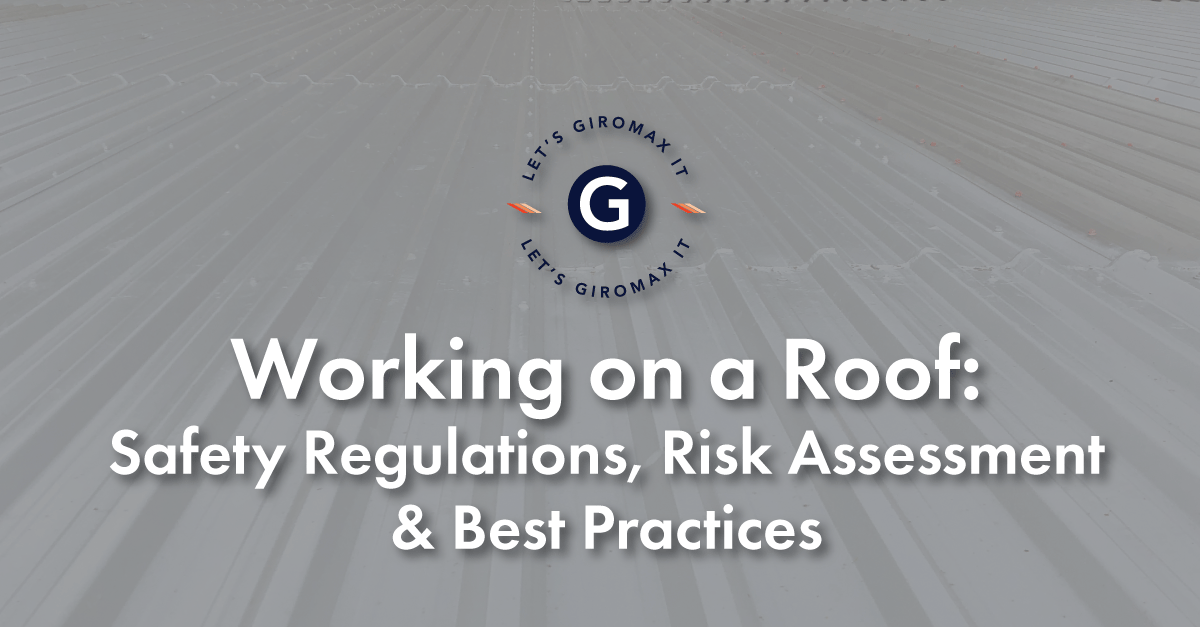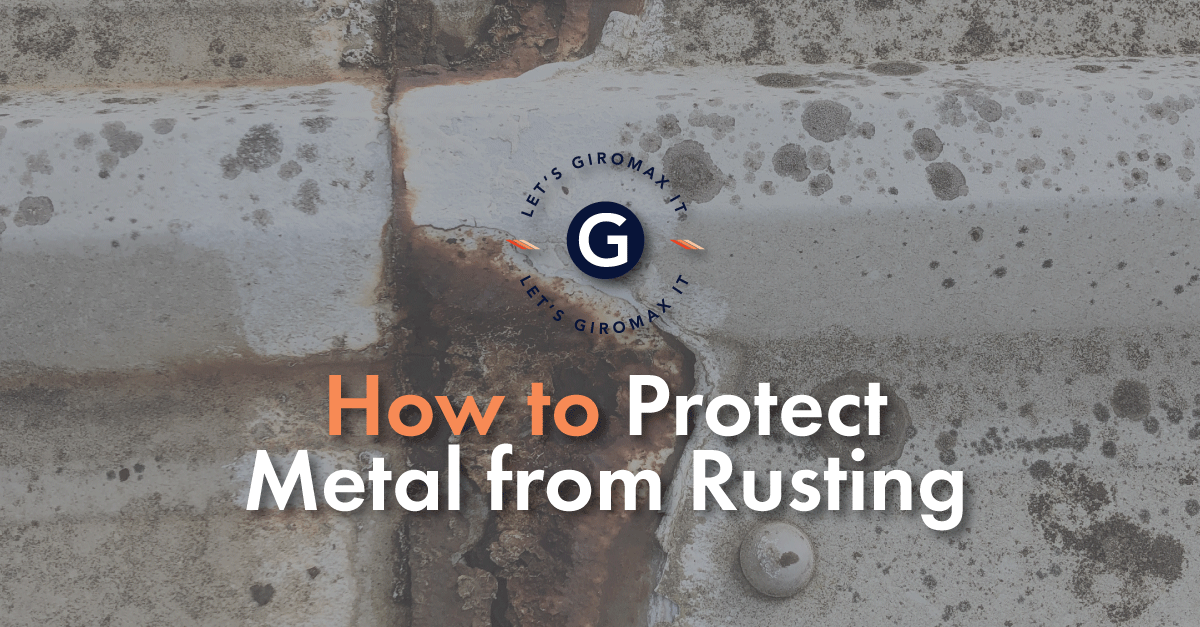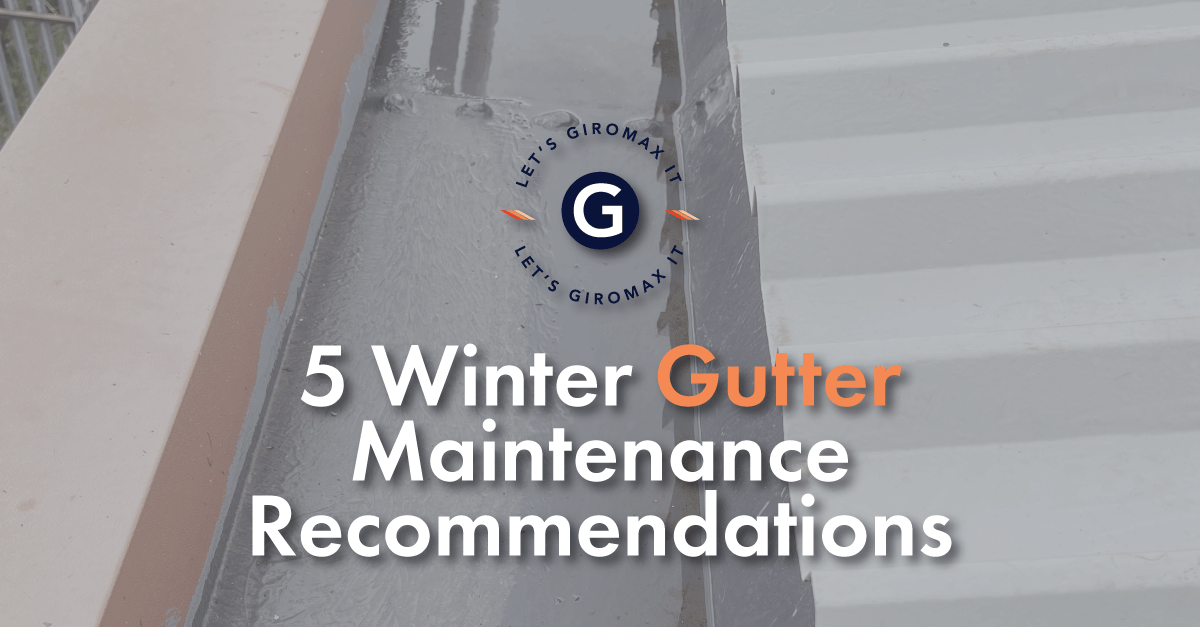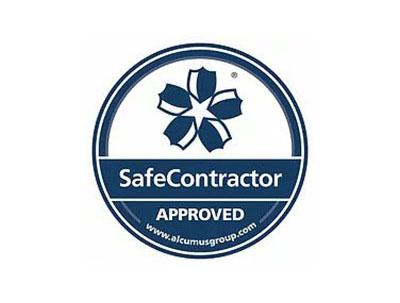Guide to industrial roof inspections
In our guide to industrial roof inspections, we look at best practices for conducting thorough industrial roof inspections and common issues.
There are various ways to carry out a roof inspection, as well as some common pitfalls. In our guide to industrial roof inspections, we look at best practices for conducting thorough industrial roof inspections. We have also included insights on typical issues to look out for and how to address these, so you or your client can preserve the integrity of the roof.
Common industrial roof issues
Before carrying out an industrial roof inspection, there are a several key areas to consider:
Defective roof flashings
Weather conditions and age can lead to roof flashings becoming damaged or defective. Seasonal temperature changes can also make flashing warp and rust. Extreme wind or rain can put pressure on weaker flashing. Past roof repairs or inspections may have caused dents or cracksThe flashing fillers can also fallout and degrade, this will allow driving rain to enter the building. When the flashing is no longer able to protect the roof seam, this can cause water ingress, increasing the risk of leaks.
Sealant around roof fixtures
If the industrial roof features rooflights or air conditioning units, there may be deterioration around the sealant used around these fixtures. If there are any gaps, this can lead to water ingress, resulting in leaks and damage within the building. Silicone sealants will deteriorate over time and can also be susceptible to bird attack, leaving problem areas that will need identifying in a roof inspection.
Fixings
Roof sheets are attached to the main frame and purlin`s using roof fixing screws, overtime these can deteriorate, rust, and become loose. They can also be incorrectly fixed and cause water ingress problems. It is prudent to check them for levels of corrosion and potential replacement to maintain a firm, secure seal. If they are still in good general condition, you can deal with the surface corrosion and re-seal using the Giromax basecoat and Giromax Roofcoat. This can be done in isolation or as a full roofcoat project.
Rooflight deterioration
When rooflights are manufactured, they come with a factory standard layer to protect against UV rays and weather conditions. Over time, this protective layer can start to deteriorate, resulting in weakness and poor thermal performance. It’s important from a buildings regulation perspective to ensure rooflights are compliant and meet the necessary criteria. We recommend recoating the rooflight or completely repairing the rooflight if necessary.
Cut edge corrosion
This is a common issue which affects the cut edges of the metal sheet. The factory applied coating can begin to peel and, when the edges are exposed, this can cause the metal to rust. Over time, cut-edge corrosion can affect the integrity of the metal sheet, compromising the roof itself. It is recommended to treat cut-edge corrosion as soon as possible to prevent costly replacements or dilapidations.
Roof coating condition
When you are carrying out roof inspections, always check the integrity of any existing or factory applied roof coatings. Depending on the type and quality of coating used, look out for blistering or areas where the coating is beginning to peel. Extreme heat, heavy rain or ice can damage and corrode poorer quality roof coatings. Check when the sheet was produced, or the coating was applied to see whether it’s over the guarantee period.
Asbestos cement issues
Asbestos cement was commonly used as a roofing material in the past, and this substrate comes with its own hazards and safety risks. Look out for cracks or corroded bolts, and never disturb the sheets, as this could release dangerous asbestos fibres. It’s usually recommended and much easier to recoat an asbestos cement roof, rather than replacing it. Full removal will require a costly, specialist asbestos company.
How to inspect the roof
A standard roof survey to check the condition should begin by assessing the building itself and any challenges. Start inside the building to identify any problem areas, such as damp spots or leaks. The type of checks required will depend on the type of building. Many industrial buildings contain offices, for example, prevent easy visibility of the internal roofing structure. In such cases, closely inspect suspended ceilings for watermarks, damp or mould.
The external roofing substrate and structure will need to be examined. This will help to determine whether there are any roof defects, potential areas of water ingress, or other issues, such as cut-edge corrosion. Depending on access and the size of the building, it may be safer to use a cherry-picker. Avoid stepping onto the roof unless you are clear on the weight load.
Once the roof inspection has been carried out, a detailed report should be produced outlining any issues and areas needing to be addressed. In terms of profiled metal roofing, this might include the thermal performance of any existing coatings, and whether these have deteriorated. Along with resistance to weather and UV rays, thermal efficiency is an important indicator of a good quality roof coating.
Ask the experts
We advise keeping detailed and thorough records of any inspections, so you can provide clients with a comprehensive history of their building’s condition. Maintain clear and consistent communication with your clients, including regular updates on the status of their buildings and any recommended actions. If your client needs their roof treating, repairing or recoating, then ensure you refer a reliable firm (we can provide a trusted list of contractors).
If you are in any doubt when it comes to any aspect of a roof inspection, please speak to our team. At Giromax, our experienced Technical Services Managers can advise on any aspect of treating an industrial roof. Our range of roof coatings protect the integrity of industrial roofing systems, as well as treating common issues such as cut-edge corrosion.
For application advice or technical guidance, please speak to the Giromax team or call 01455 558969.
Get updates from us
Sign up to our newsletter to receive all the latest news and insights from Giromax Technology.
Subscribe to NewsletterRelated articles
Working on a Roof: Safety Regulations, Risk Assessment & Best Practices
When working on a roof, understanding work at height regulations and conducting a risk assessment helps to ensure essential safety...
How to Protect Metal from Rusting
When considering how to protect metal from rust, there are treatments for roofs. We look at common methods to prevent...
5 Winter Gutter Maintenance Recommendations
Regular gutter inspections in winter and removal of debris, snow and ice ensures gutters stay clean. We share winter gutter...









